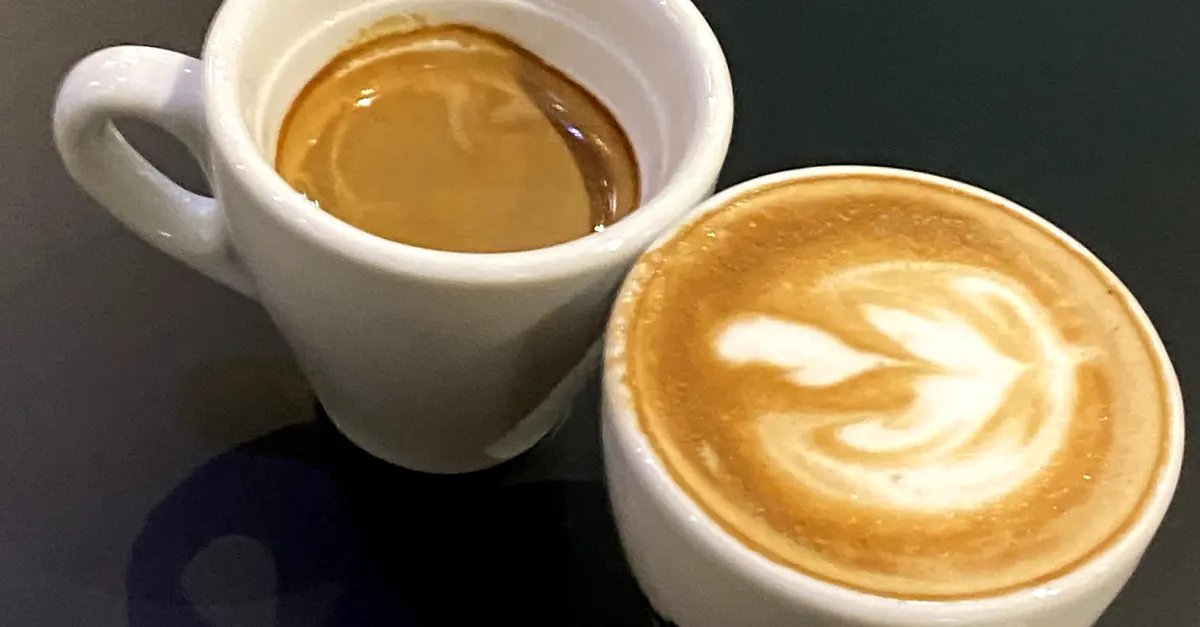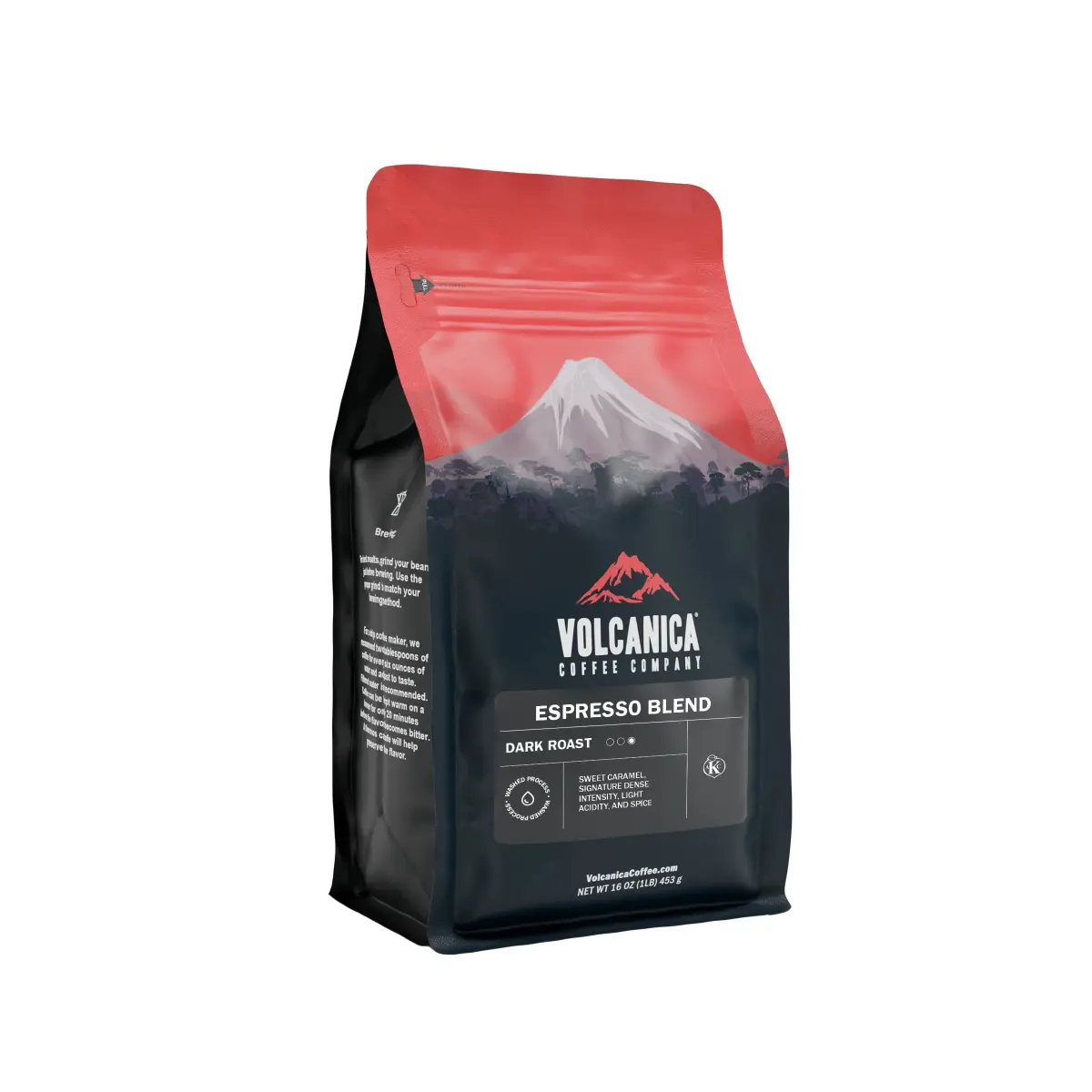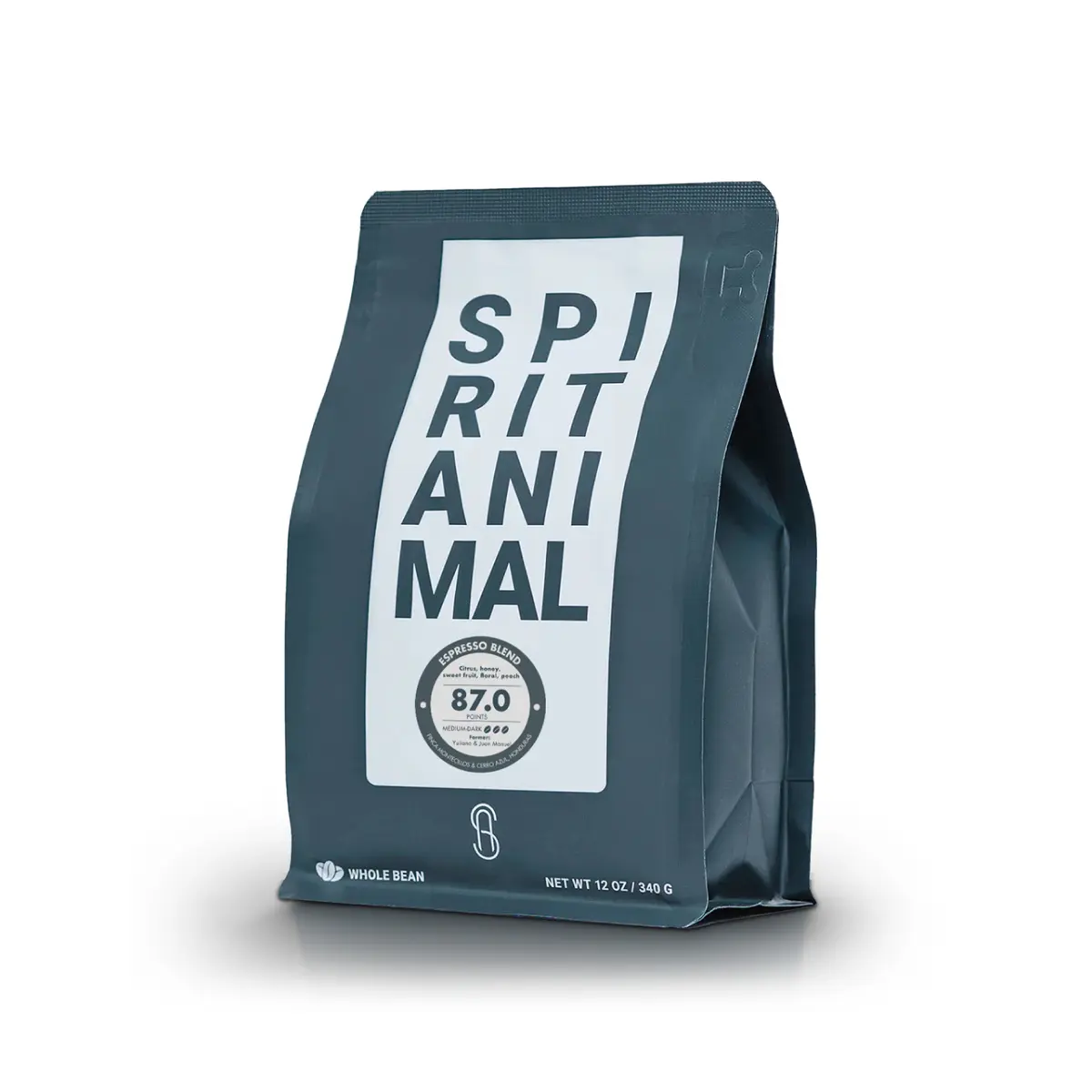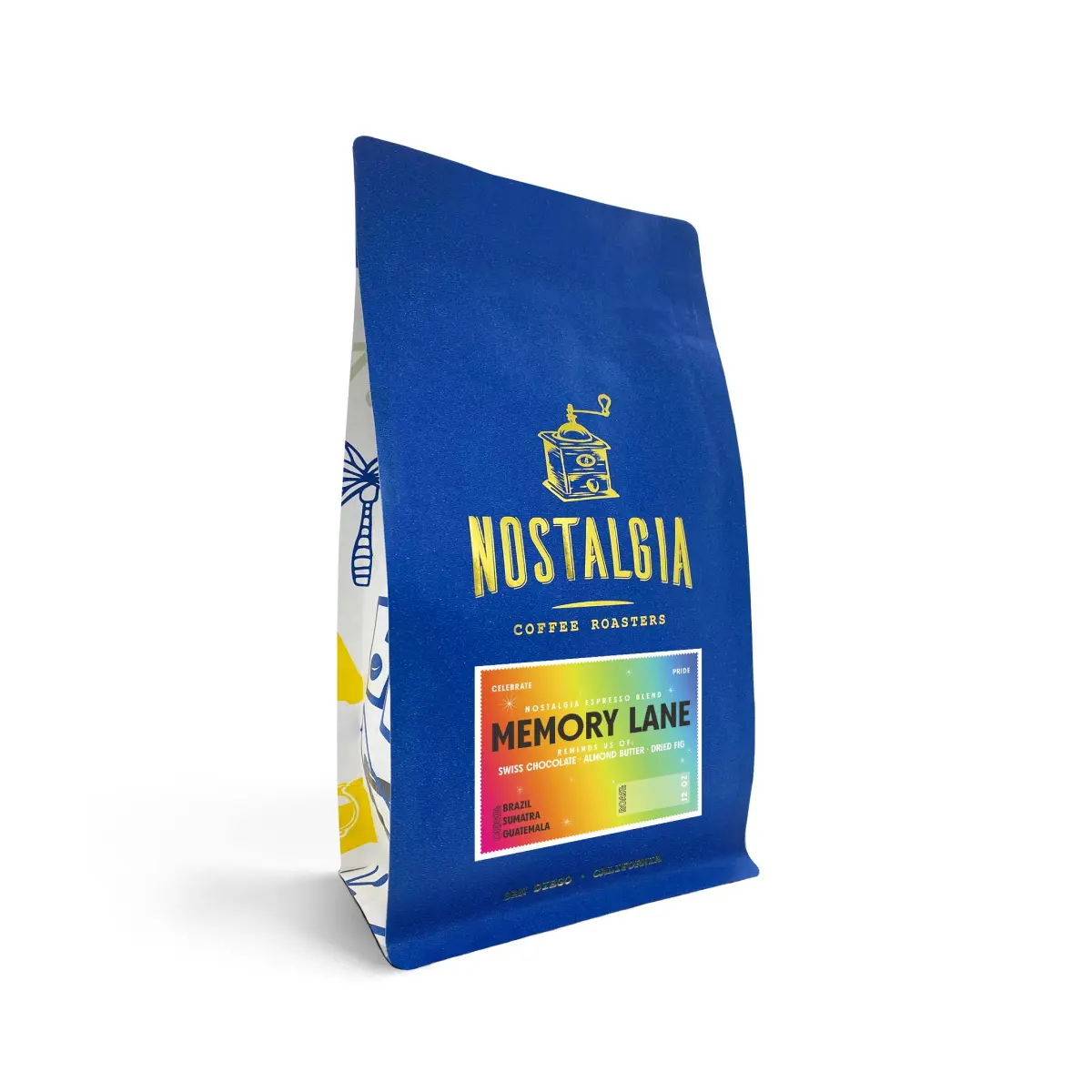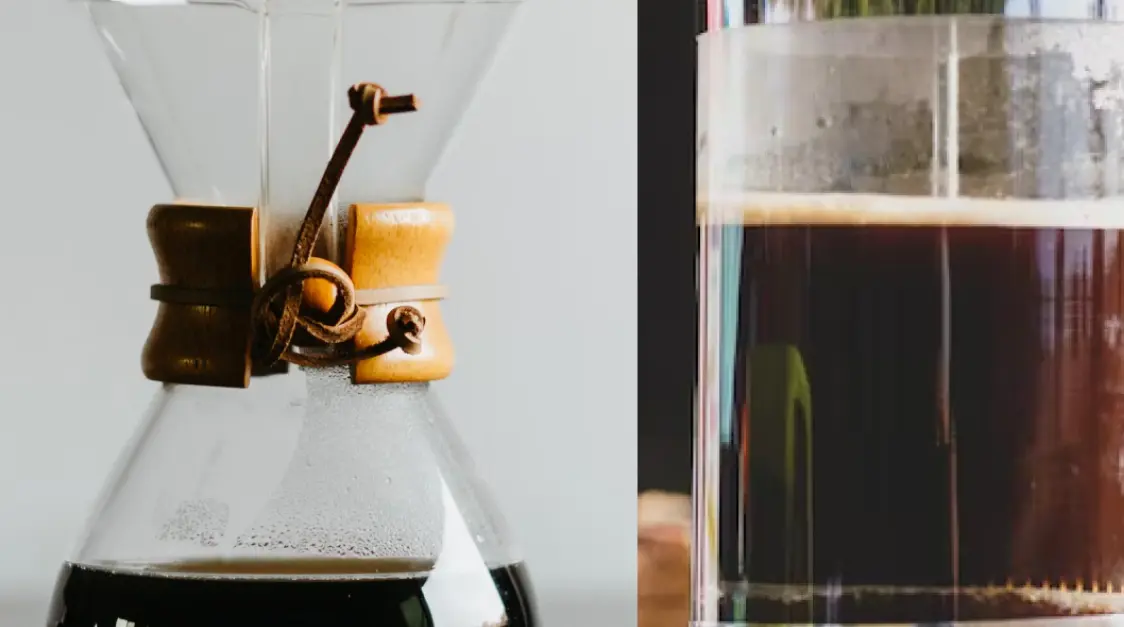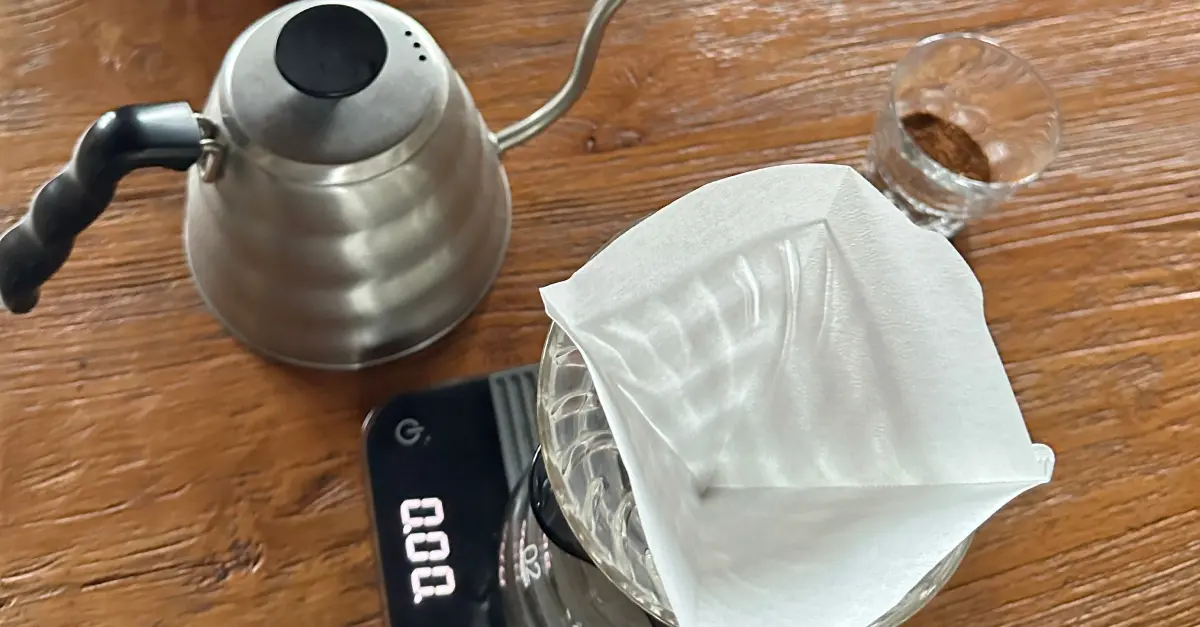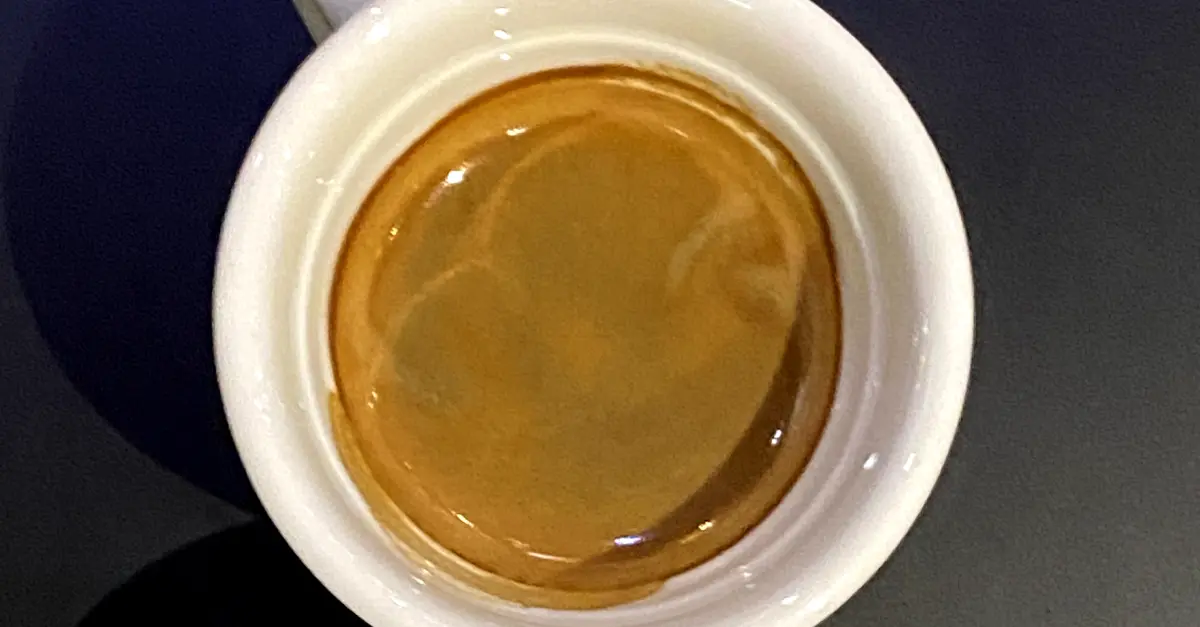Let’s dive into the trending coffee brew method that combines both pour-over tools with espresso beans: the pour-over espresso.
True espresso provides a creamy, small, and highly potent cup of coffee. Pour-over espresso uses the classic pour-over technique with espresso beans to create a delicious cup of coffee. Coffee drinkers shouldn’t expect the classic three-part body of true espresso because the pour-over results in a watery espresso.
Anyone who knows coffee can tell you that espressos are a time-honored, international tradition, but we’re not here to pressure water through a puck of coffee. We’re combining pour-over coffee with aromatic dark roasted espresso grounds.
Keep reading and we’ll break down the science of the Pour-over espresso process, including the best equipment, techniques to bring out the best flavors, and what tastes you can expect.
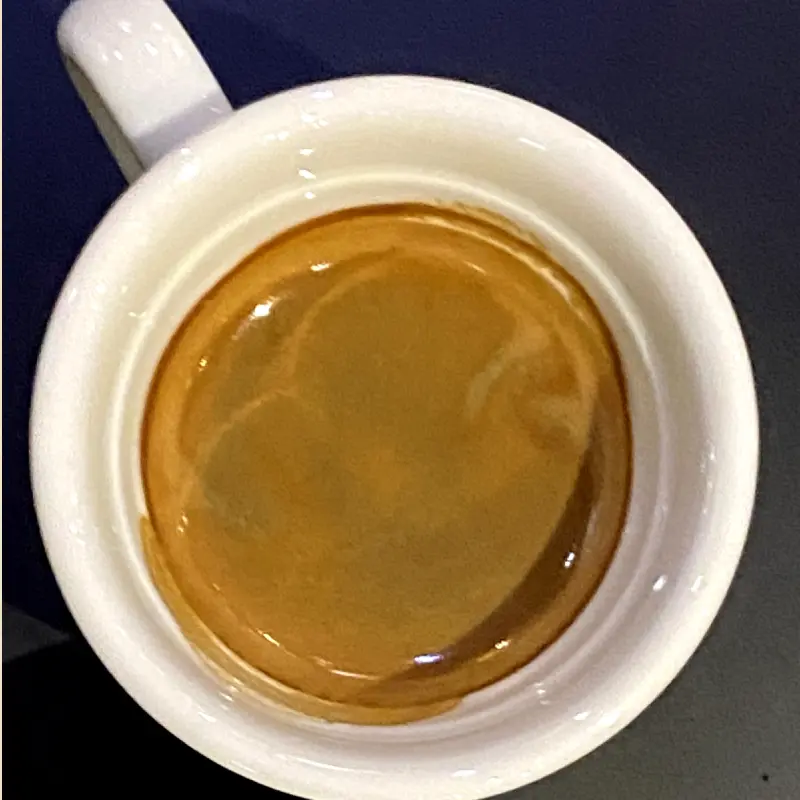
The key to understanding Pour-Over Espresso
We gave you a short summary above, but what really separates Pour-over espressos from regular pour-over coffees or espressos?
What is it?
Using a pour-over brewer is simple, but how does it work with a Pour-over espresso?
In a normal pour-over brew, baristas pour hot water over coffee grounds to brew and create coffee. The grounds are normally dark roasted, and a filter sifts the coffee drink from the wet grounds into the pot or cup below.
Simple enough. But what if we replace the pour-over coffee grounds with espresso grounds? The resulting espresso pour-over provides a uniquely different aroma and body that will surprise many coffee aficionados with its nuanced taste.
Rather than a syrupy and thick cup of espresso, the Pour-over espresso will have less body and be lighter in flavor.
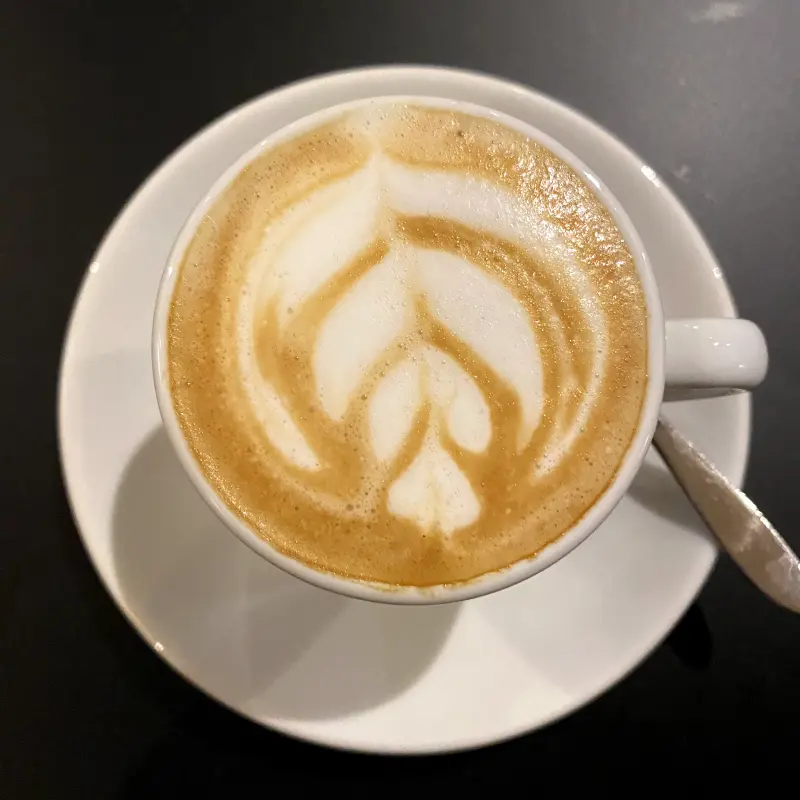
How is it different from traditional espresso?
You may be wondering what we mean when we talk about a cup of coffee’s body?
When comparing traditional espresso versus pour-over espresso with the same beans, traditional espresso will have a creamy top, sweet middle layer, and saturated coffee-flavored bottom. Traditional espresso machines pressure water through the tightly packed coffee grounds, creating the different layers of an espresso.
Pour-over espressos rely upon gravity, meaning it lightly drains through the coffee into your cup. More of the water is present in the cup, making it less thick and syrupy. Your light-bodied coffee will be easily blended into espresso drinks, taking a less full and dominant stance in the cup.
When it comes to taste and mouthfeel, even novice coffee drinkers will be able to tell the difference.
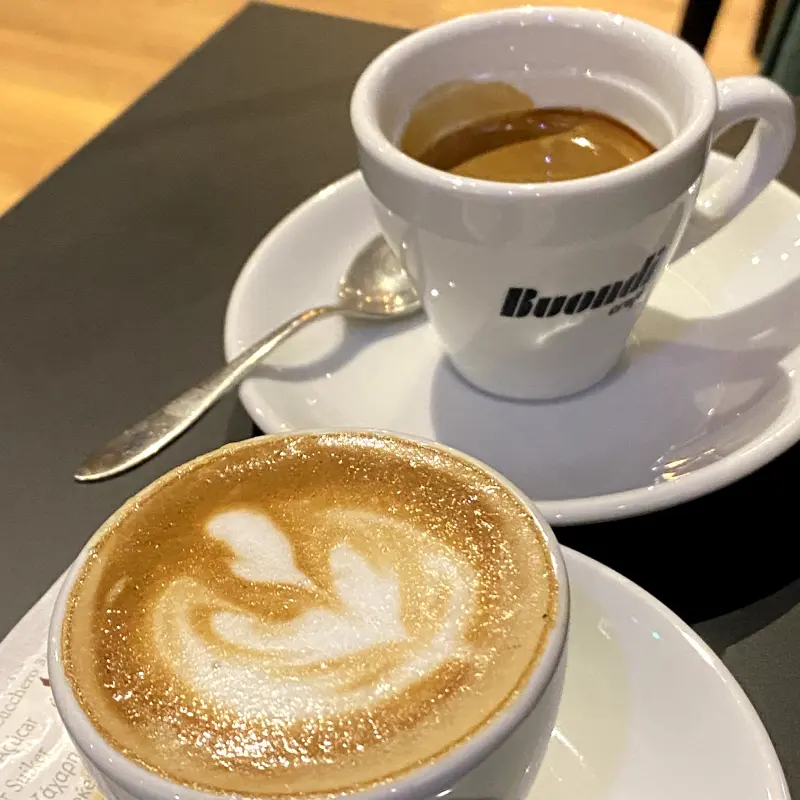
What goes into a cup?
The ingredients and equipment you’re using will create vastly different cups of coffee, so it’s important you understand what you’re using.
Choose the right beans
When comparing the difference between the traditional and Pour-over espresso, the bean is where you’re getting most of the flavor from.
Many people believe that espresso beans are darker and vastly different, but that’s not always true. Any roast or type of bean can be an espresso bean, but American consumers tend to expect darker espresso beans that will punch through the milk or sugar flavors of their coffee.
Americans, influenced by French and Italian cafés and coffee brewing, expect coffee to be dark, black, and deeply roasted. In roasting terms, they like their coffee past the point of a second crack.
Second crack means roasteries cook coffee beans long enough for the interior oils of the bean to break through the bean’s shell with an audible crack — not once — twice.
So if you’re buying an espresso blend, you can expect it to be darkly roasted. But of course, it’s your cup of coffee so make it how you like it — light roasts are more floral and acidic, dark roasts are more chocolatey and bitter, whereas medium roasts combine the best of both worlds.
We recommend picking single-origin or blended coffee beans that are fresh and finely ground to bring out the most flavor.
Pour-Over Espresso Equipment
To push your pour-over espresso game to the maximum, there are a few things you’re going to need.
- Pour-over coffee maker — there are two general pour-over styles: single and pot-brewing. Pick the coffee maker that suits your style but check to ensure it has the right filter because you’re going to be grinding extra fine.
- Filters — in addition to the standard filter that comes with some pour-overs, you’ll need to buy paper filters. These filters are the first line of defense between the coarse coffee grounds and your steaming cup of pour-over espresso.
- Kettle — The kettle both heats the water and provides a spout to pour the water over your grounds. There are kettles you can place on your stove or electric kettles that heat up on their own. We recommend a kettle with a gooseneck spout to provide more accurate pouring.
- Scale — measuring by weight and not by volume will provide a level of consistency that brings out the absolute best from each pour. There are kitchen scales or niche coffee scales, and each will work assuming you can measure to the nearest decimal.
- Grinder — We break out the differences between burr and blade grinders in this blog article as grinders will be essential to create a freshly ground cup of coffee. Pre-ground coffee has a level of convenience, but the tasty oils can dry out over time and leave you with a lackluster pull.
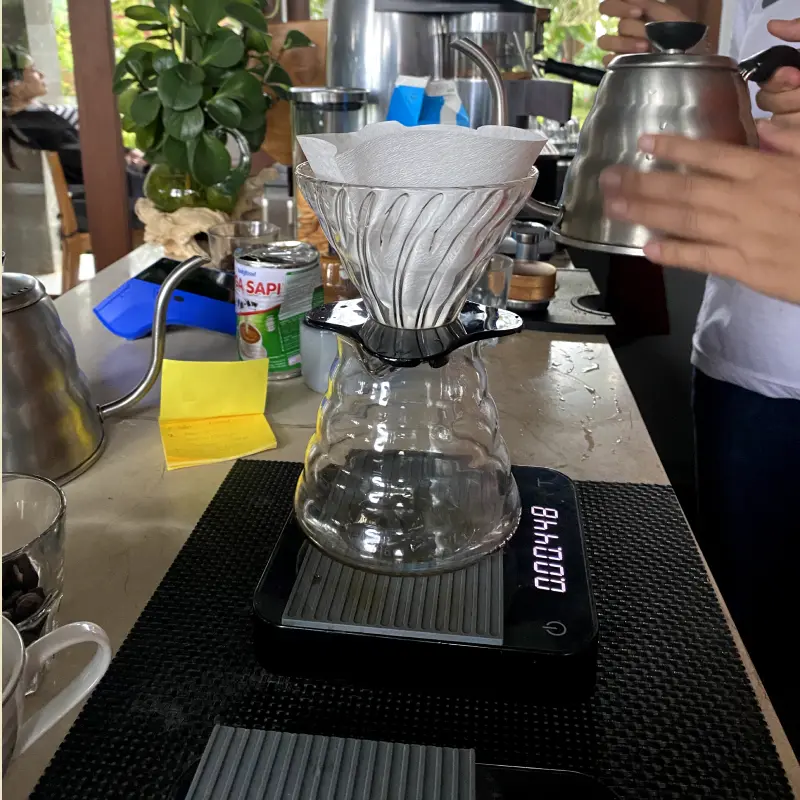
Good tasting water
It almost feels obvious that better quality water will create better quality espresso, but it must be said.
When brewing the dark flavors of espresso, you really want fresh and clean water to balance out the harsh flavors. If your water is harsh and hard to drink, your pour-over espresso will simply turn into a sludge that nobody will want to enjoy.
When searching, look for mineral-rich water to enhance the flavors strained from your coffee grounds.
Featured Products
Espresso Dark Roast - Volcanica
⭐ 4.6/5 • 💰 ~$17
.webp)
Espresso Dark Roast - Volcanica is a bold and intense coffee blend specifically crafted for espresso enthusiasts. Its deep flavor profile and careful sourcing have gained a reputation among coffee lovers.
Pros:
- Rich and Robust Flavor
- High-Quality Sourcing
- Versatile
- Freshness and Roasting
Espresso Blend - Spirit Animal
⭐ 4.9/5 • 💰 ~$23
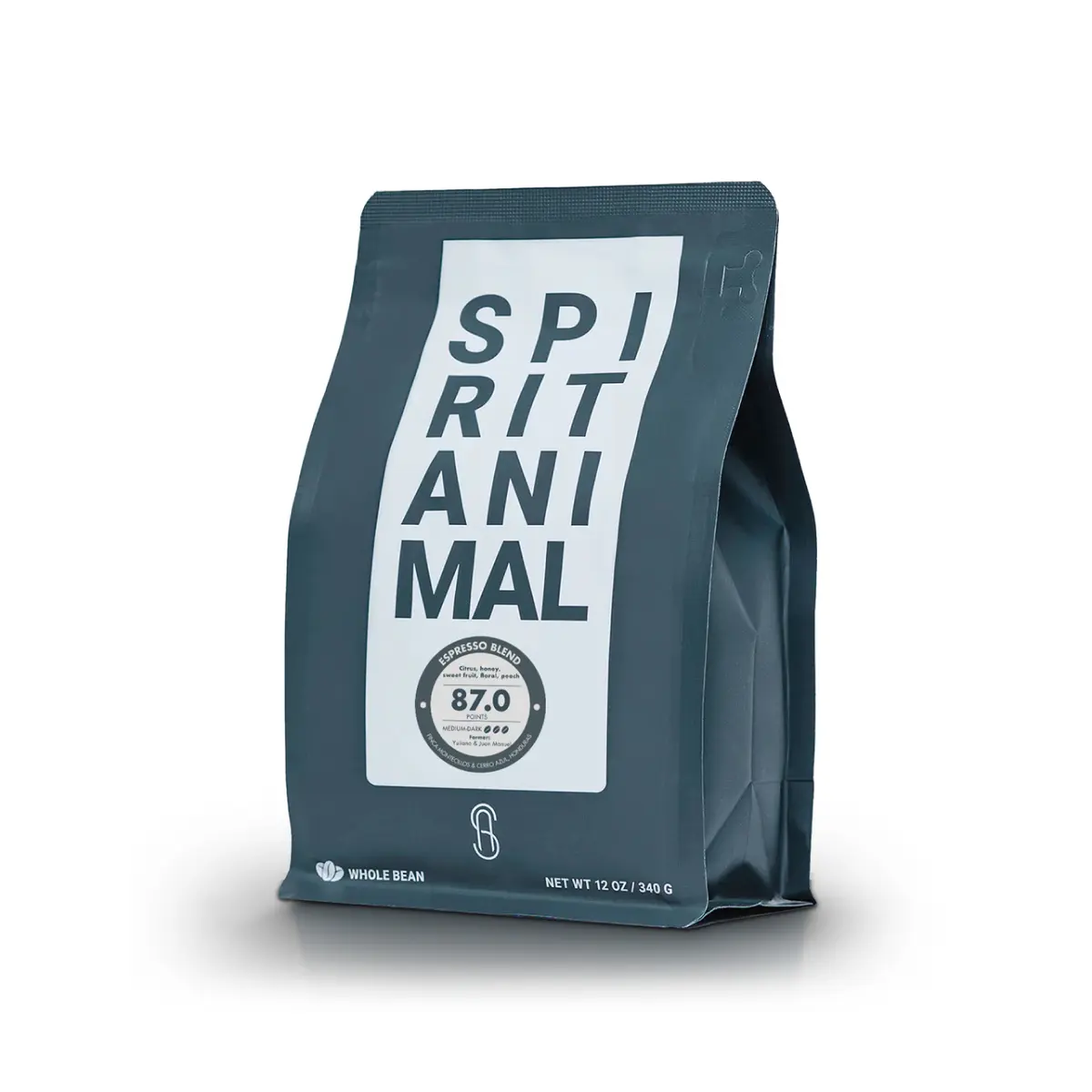
Spirit Animal Coffee offers bold, rich flavors of ethically sourced, high-quality beans. Spirit Animal Coffee has a limited selection, but the quality of its dark roast is incredible. This dark roast has tasting notes of citrus, honey, sweet fruit, floral, and peach. It gave us the most delicious cup of espresso!
Pros:
- Bold and rich flavor
- High-quality beans
- Ethical sourcing
Nostalgia Coffee - Memory Lane
⭐ 4.9/5 • 💰 ~$18
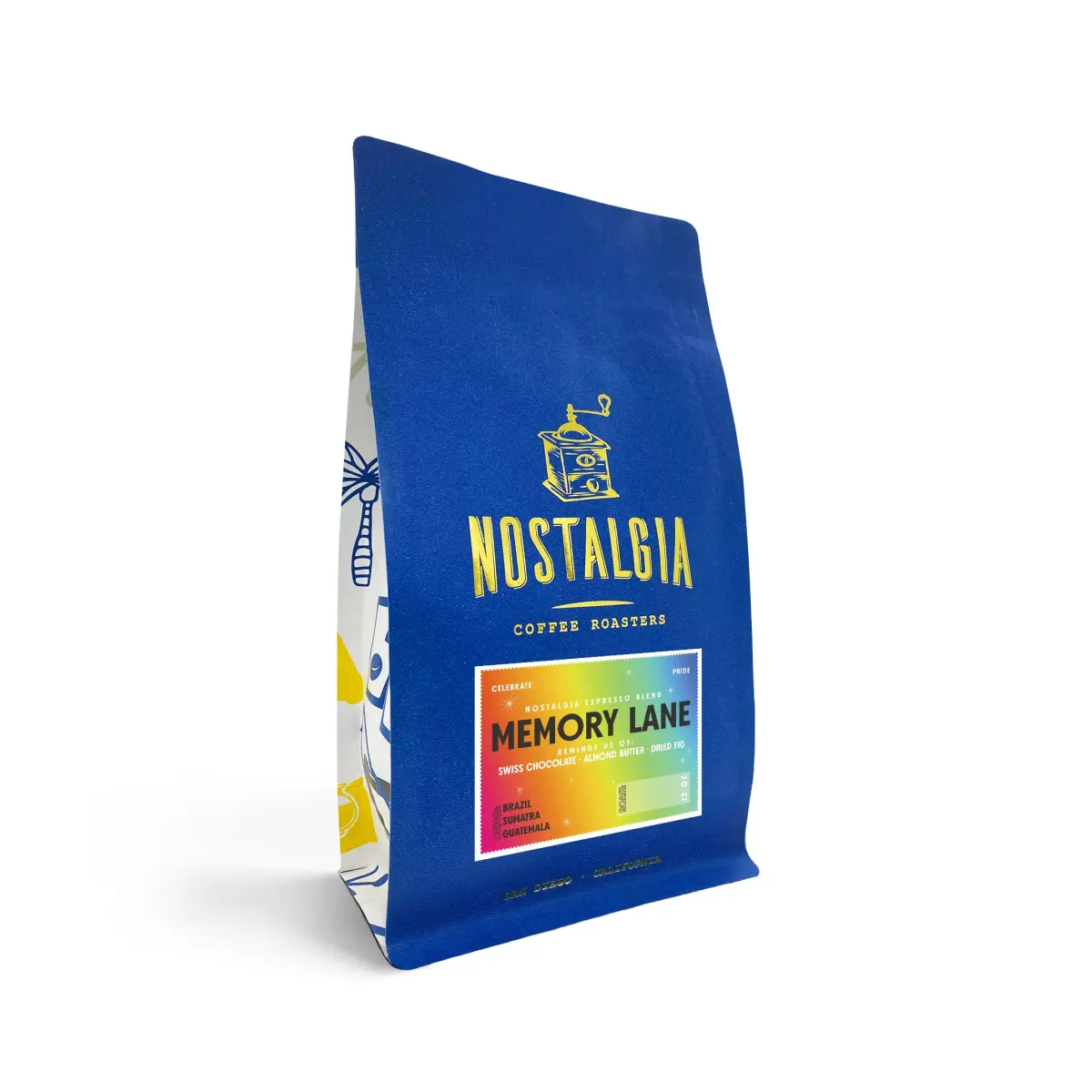
Memory Lane Espresso Coffee Beans is for everyone; a coffee that sparks joy in coffee connoisseurs and new coffee drinkers alike; a coffee that makes excellent espresso and is incredible with milk or straight up.
Pros:
- Affordable
- Has a good and distinctive taste
- Notes of Swiss chocolate
- Delicious coffee based on customer reviews
Coffee Pour Over Stand
⭐ 4.9/5 • 💰 ~$105
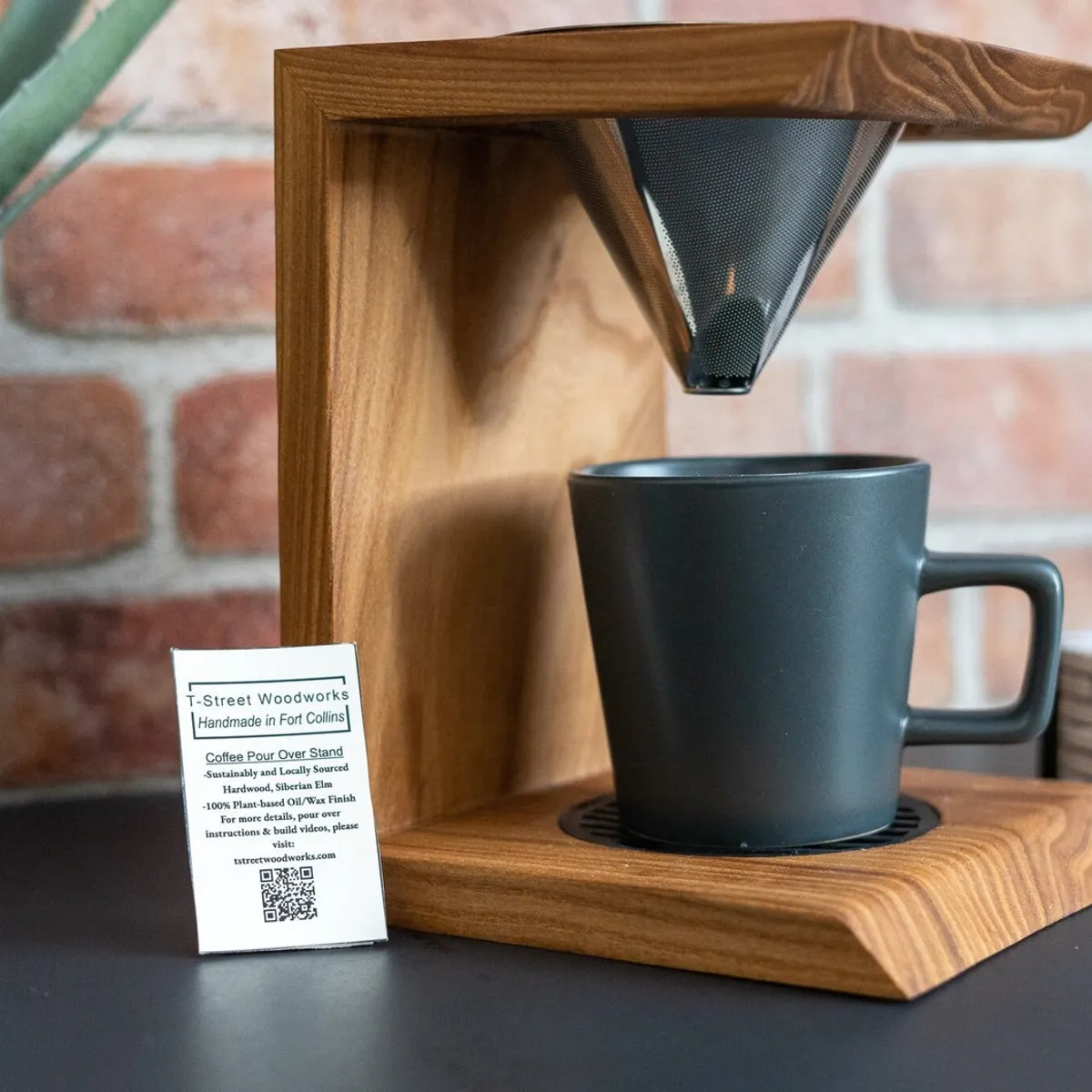
Eco-friendly coffee pour over stand made of Siberian Elm from Colorado.
Pros:
- Simple and modern design
- Cost effective
- Eco-friendly
- Sustainably sourced
- Durable hardwood
Foldable Pour Over Coffee Maker Cone - Razgar
⭐ 4.9/5 • 💰 ~$34
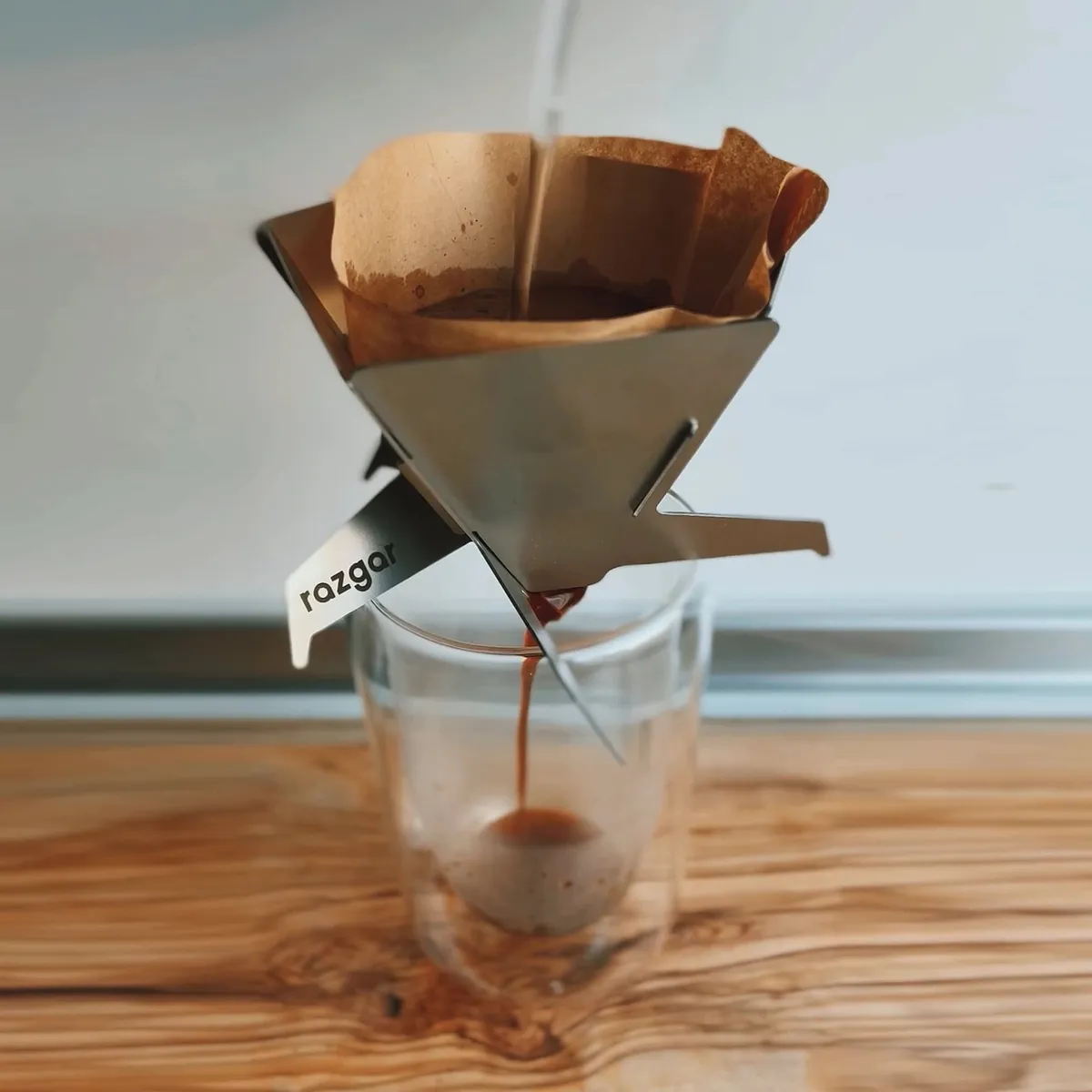
Razgar Coffee Dripper: Eco-friendly, compact, and easy to maintain!
Key Features:
- Weight: 156gr / 5.5oz
- Dimensions: 10x10x0.4cm / 3.9x3.9x0.15in
- Materials: Stainless steel, Cotton, Paper
Pros:
- Eco-friendly
- Compact
- Easy to maintain
How do you brew pour-over espresso?
If you’re wondering why there’s so much fuss over each part of the brewing process, then keep reading. You can also check out our article on mastering the V60 pour-over method.
Brewing ratios and recipes
People who haven’t spent much time behind the counter at a coffee shop probably don’t think of espresso as needing a recipe. It’s just coffee, right?
Wrong. When brewing the perfect batch of espresso, brewers should consider dose, yield, and time to create a replicable espresso shot. Let’s dive into each:
Dose
When considering the dose, ask yourself how much ground coffee are you tamping into your basket? For a single espresso, we recommend 7 to 10 grams of ground espresso. It helps to have a scale here.
Yield
After the pour-over brewing is complete, how much espresso will be sitting in your cup? Espresso ratios range from 1 part ground coffee to 1 part espresso (1:1) or even go as far as a ratio of 1:3.
Time
In regular espresso, we recommend waiting 25 seconds as the water is pushed through the beans. But in pour-over espresso, you’re going to want to be more patient as gravity does the brewing.
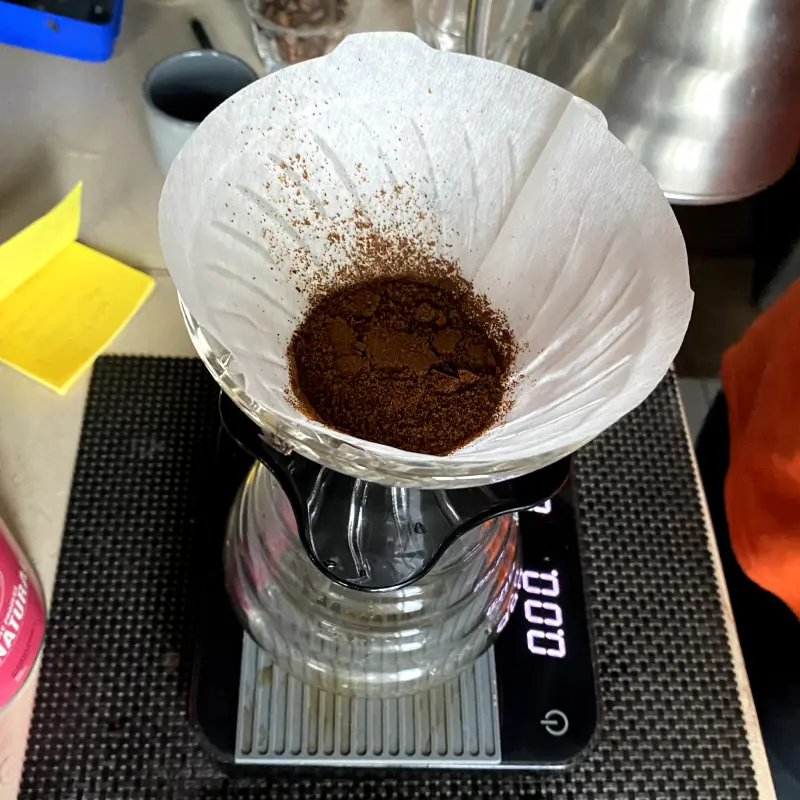
Grind size and consistency
The reason baristas and coffee lovers make a big deal about grinders is because that consistency of the grind size from cup-to-cup impacts the coffee’s flavor. Using a consistent grinder is essential for baristas and impressive for home brewers.
A whole oily coffee bean is going to repel a lot of water in a pour-over espresso brew. That’s why we recommend you grind your espresso beans extra fine to give the water more surface area to soak the beans and extract the flavor. We think a ground consistency similar to finely granulated sugar — or .3 millimeters — works best for pour-over espresso.
When grinding your beans, there are generally two options — a blade grinder or a burr grinder. It’s widely understood that burr grinders create a more consistent size of grind, which helps bring consistency to your cup. Learn more in this article: Burr vs Blade grinder.
Pouring Techniques
In coffee brewing, water is easy to understand but not always understood.
When pouring water into your pour-over, you must understand that water always looks for the easiest and fastest path. It will take the easiest route and not always the best route. Without proper technique, you can over-extract your beans and end up with some inconsistent espresso.
- Bloom — this is the first impact. It’s recommended to pour twice the amount of water as there are grounds. Then wait for as much as 10 to 15 seconds as the coffee brewing begins.
- Spiraling — By spiraling your pour, the water hits all the grounds evenly and avoids oversaturating one part of your pour-over.
- Pulse pour — As it sounds, a pulse pour is a faster extraction method where people pour hot water into the pour-over in quick bursts or pulses.
- Continuous pour — The alternative to the pulse pour involves managing your water flow to ensure you can pour continuously throughout the brew. This requires a careful hand to ensure you’re hitting all the techniques correctly and not oversaturating the beans.
When pouring, try to avoid hitting the sides of the pour-over. You don’t want the water skipping the brew! Also, try to put a bit more water in the center of the pour-over to ensure the espresso in the deepest part of the pour-over gets enough water.
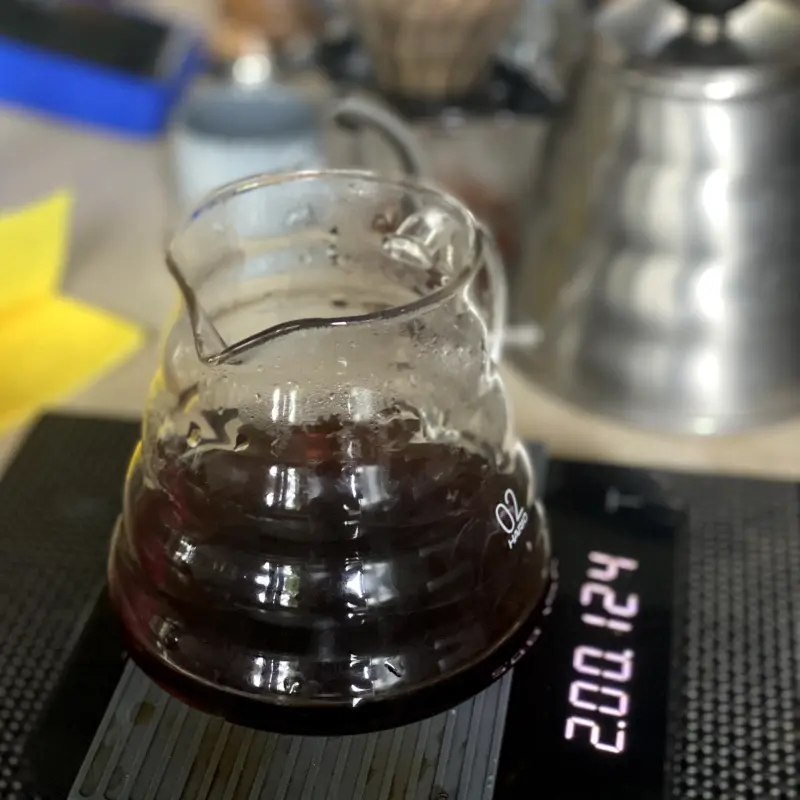
Is Pour-Over Espresso it?
As an affordable way to make espresso at home, pour-over espresso is without rival. You get the caffeine and flavors you can expect from an espresso without the cost of a machine.
Aroma and taste
With a pour-over espresso, you won’t get the heavy, syrupy coffee taste to your drink. The pour-over method allows the water to lightly sift through the grounds rather than being pressured through a puck of coffee grounds.
This means your espresso will look more like a cup of coffee, and easily mixed into any coffee drink. Try it with a flat white, cappuccino, or as a shot of espresso.
The beans you choose will factor into the taste, so don’t forget to be picky. Part of the fun of exploring coffee drinks is learning more about the ingredients around us and how they can be manipulated to produce different flavor combinations.
Maybe you want to drink out of a glass coffee mug or a classic small espresso cup? Or does your morning include a lemon pastry, a Dutch stroopwafel, or a classic coffee cake?
Do what suits you. Because being a coffee lover means having fun with coffee.
Conclusion
Compared to traditional espresso, pour-over espresso is vastly different from the brewing process to drink that hits your tongue. If you’re trying to create a consistent flavor, you must invest in accuracy tools like a scale, gooseneck kettle, and burr grinders to recreate your classic cup. But if you’re just trying to create a good cup of pour-over espresso, you should know that the essentials of good water, coffee beans, and pouring technique are the most important.
Here at Roast Love, we know the perfect cup is out there for everyone, but it’s up to you to find and brew your favorite.
